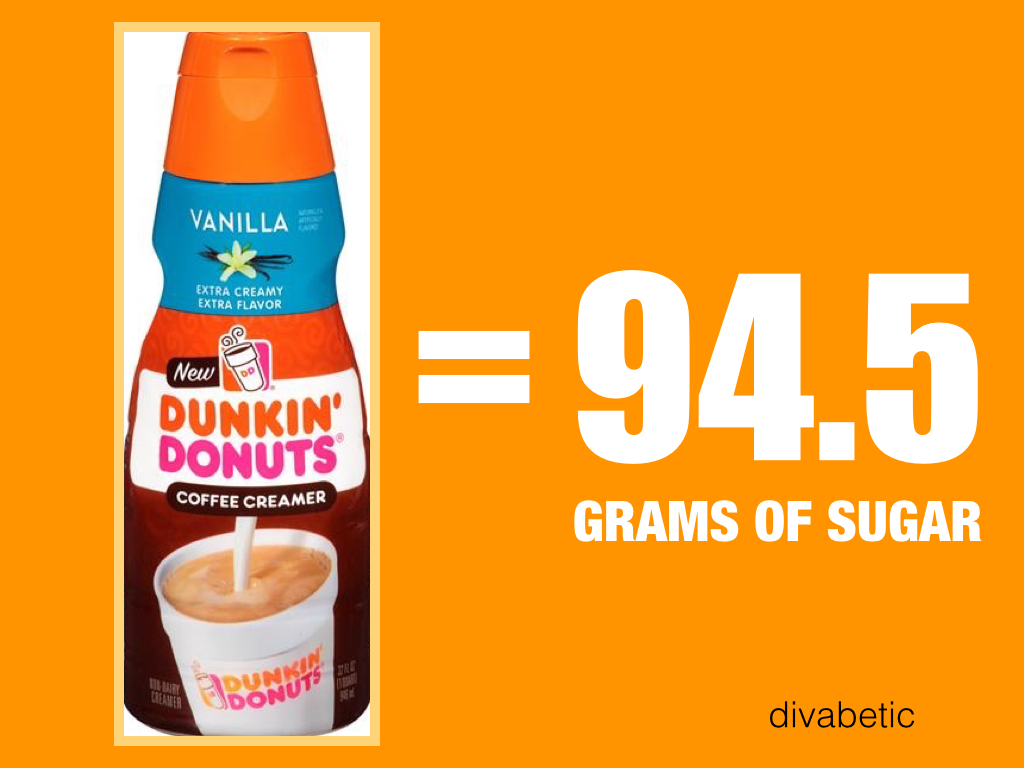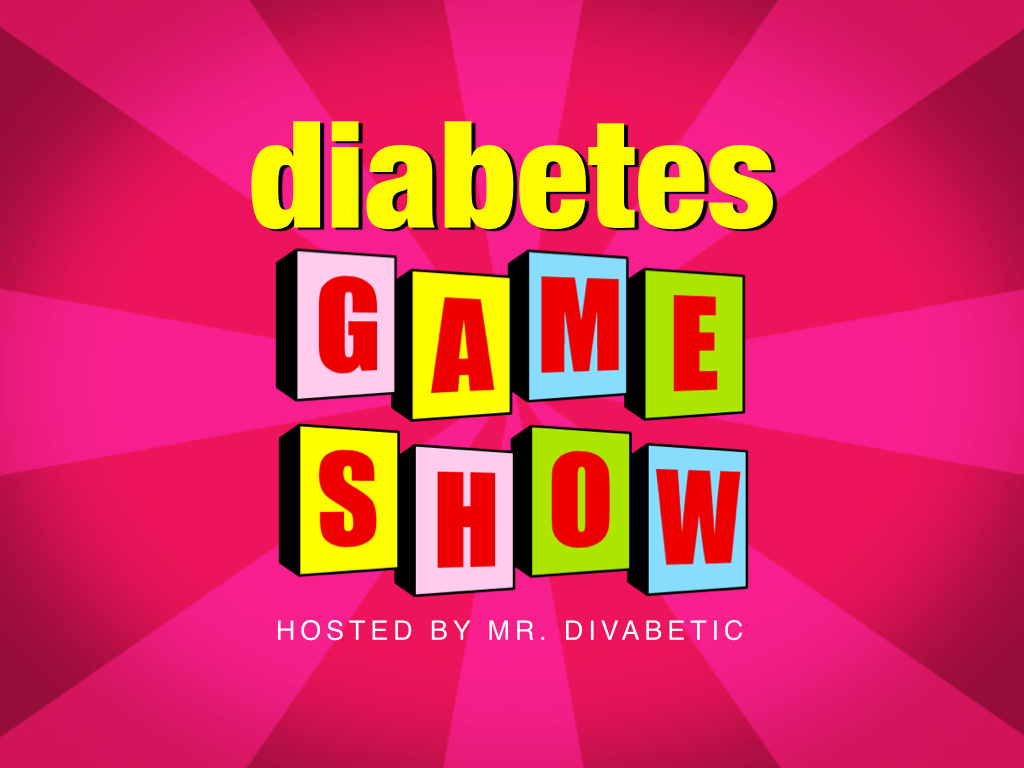Oscar winning actress Viola Davis opened up about living with prediabetes and the toll that diabetes has had on her family on the TODAY Show.
“Type 2 diabetes has taken a toll on my family. My great-aunt suffered from complications of the disease, two of my sisters are currently living with it, and a few years ago, I was diagnosed with prediabetes,” Davis said. “I’m one of the 84 million American adults living with prediabetes and I’m sharing my story for the first time in an effort to inspire others to take action against the type 2 diabetes epidemic.”
Viola told Samantha Guthrie she was diagnosed with a high A1C. She admitted she didn’t know what that meant which is why she is championing support and education for people diagnosed with diabetes.

The A1C test measures your average blood sugar level for the past two to three months. The results of your A1C test can help your doctor:
- Identify prediabetes. If you have prediabetes, you have a higher risk of developing diabetes and cardiovascular disease.
- Diagnose type 1 and type 2 diabetes. To confirm a diabetes diagnosis, your doctor will likely look at the results of two blood tests administered on different days — either two A1C tests or the A1C test plus another diabetes blood test.
- Monitor your diabetes treatment plan. The results of your initial A1C test(s) also help establish your baseline A1C level. The A1C test is then repeated on a regular basis to monitor your diabetes treatment plan.It measures your average blood sugar level for the past two to three months and can show how well your diabetes treatment plan is working to lower your blood sugar over time.
“I want to arm people with information to help them manage their diabetes,” said Viola Davis. “When I was young everyone said “you got the sugar'” and then you sort of waited to possibily get an amputation. You don’t have to that anymore!”
“My favorite word is ‘SUPPORT’ – supporting people who already have the diagnosis instead of stigmatizing them,” she said.
Viola and her sisters appeared on the TODAY show in support of her New “A Touch of Sugar” documentary film which addresses the health epidemic surrounding Type 2 diabetes, particularly among African-Americans.









 LISTEN NOW:
LISTEN NOW: